Squares Of Savannah
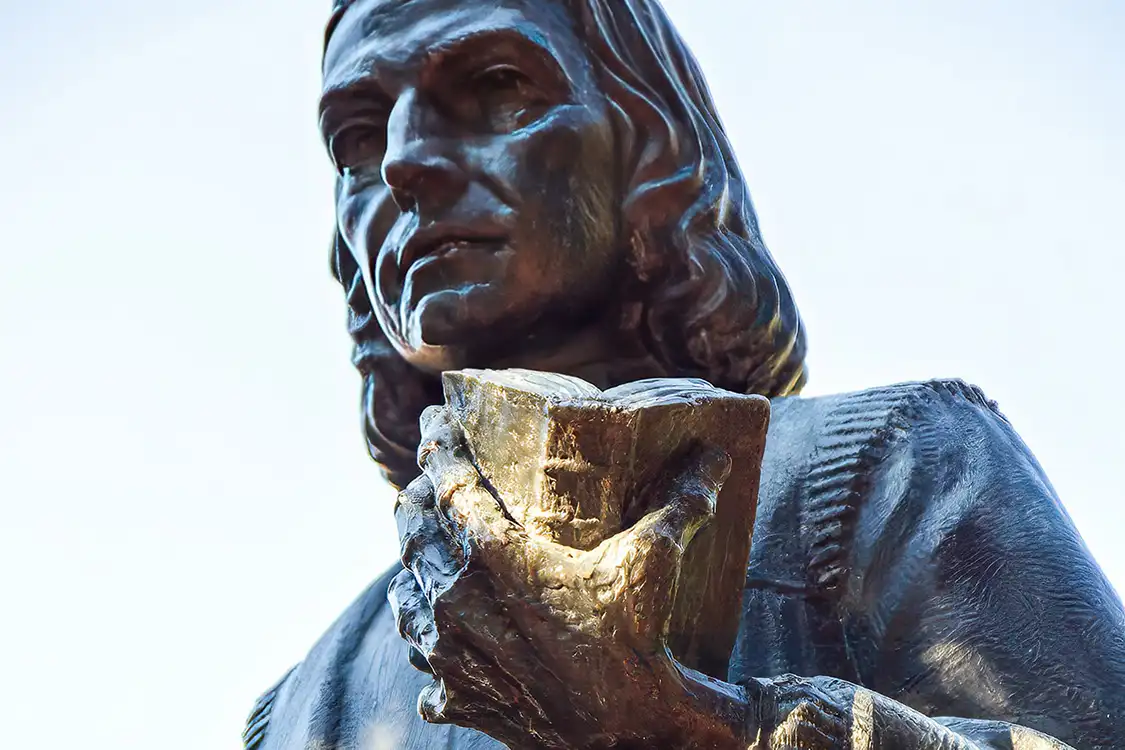
Reynolds Square
At the top of Abercorn Street is Reynolds Square, originally laid out in 1734 as Lower New Square, but renamed in honor of the Royal Governor John Reynolds.

Crawford Square
Laid out in 1841, Crawford is the only of Savannah’s squares with recreational equipment: a basketball court, won by the neighborhood after a 1946 tournament.

Wright Square
We always loved passing through Savannah’s Wright Square – there is always something going on.
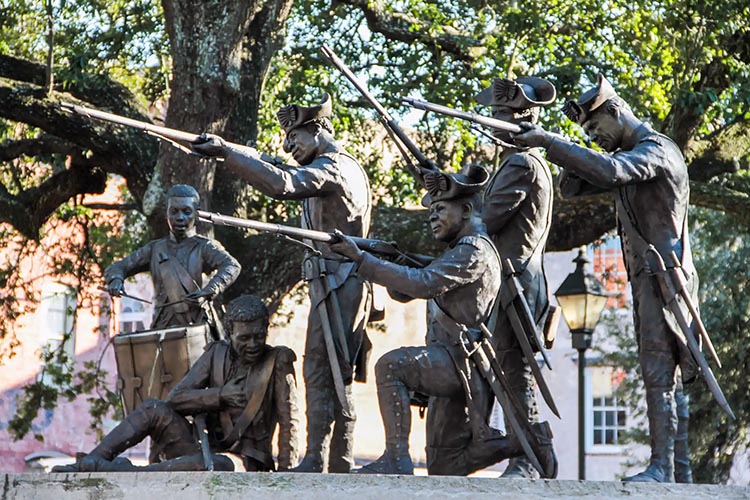
Franklin Square
Like the lost squares of Liberty and Elbert, Franklin Square had been a victim of urbanization, but was fortunately restored in the 1980s.
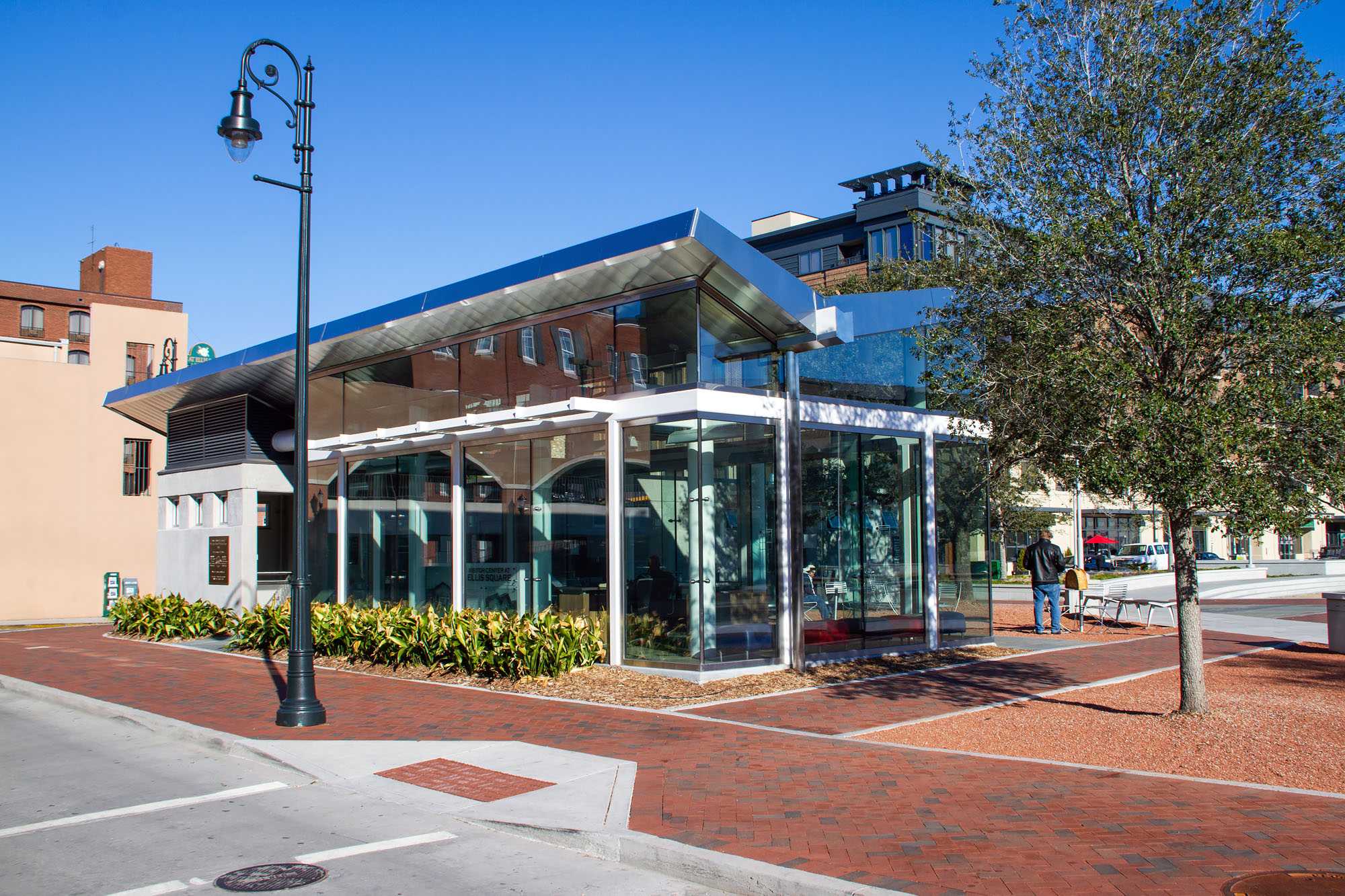
Ellis Square
Laid out in 1733, Ellis Square has the distinction of being one of Oglethorpe’s original four squares, along with Johnson, Telfair and Wright.
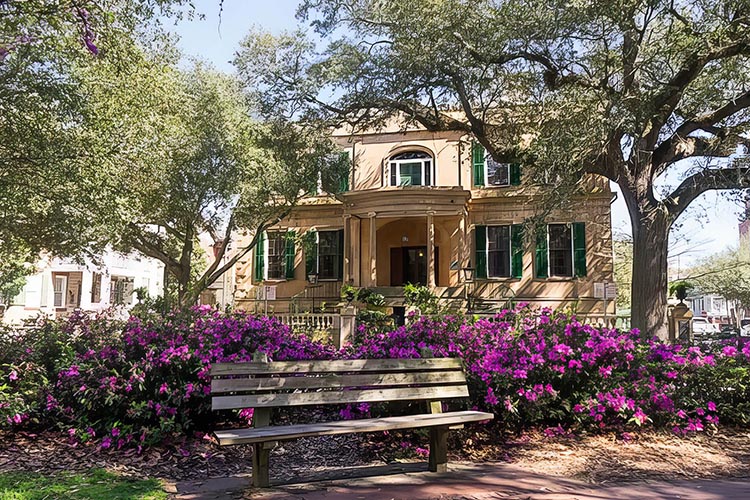
Oglethorpe Square
Oglethorpe Square was laid out in 1742, the last of the six squares that were originally planned for Savannah.
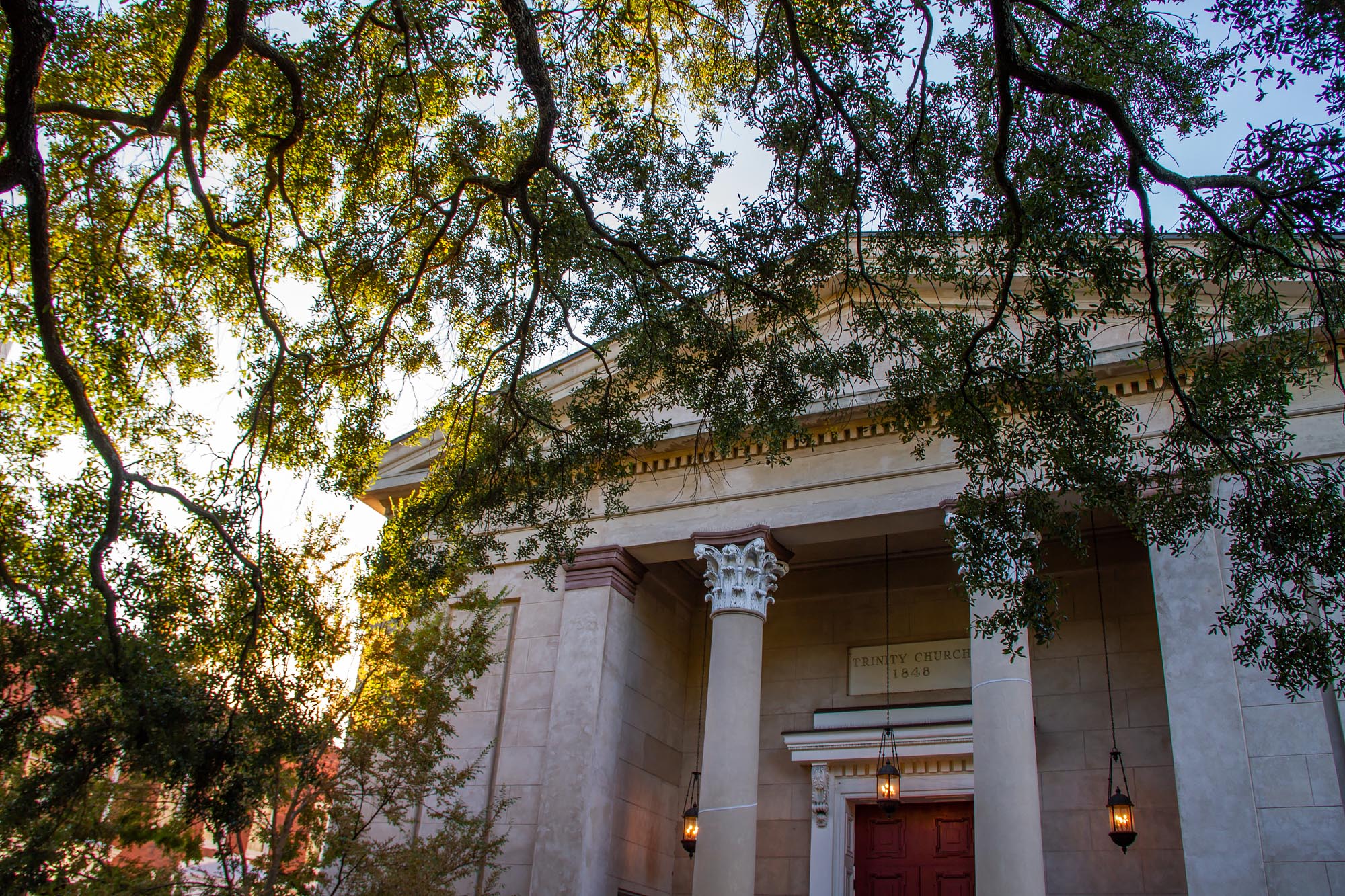
Telfair Square
Originally called St. James Square after the famous London park, Telfair Square was renamed in 1833 in honor of Savannah’s VIP-iest family. It was one the city’s original four squares and, for a long time, its most fashionable district.
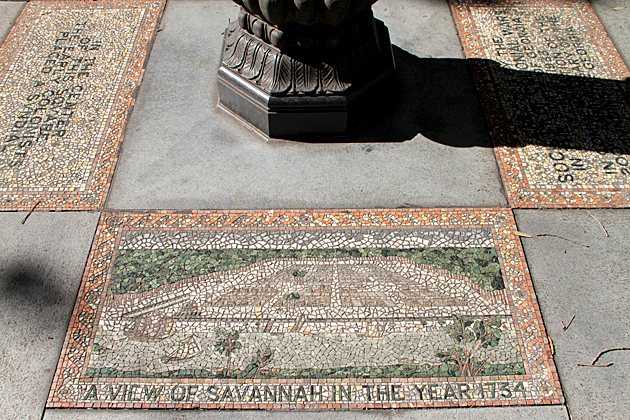
The 24 Squares of Savannah
At the time of its founding in 1733, Savannah was the first North American city planned around public squares. General Oglethorpe’s grand design for his new capital called for four squares to serve as gardens and meeting areas. The western and eastern sides of each square were reserved for public buildings, such as churches and…
